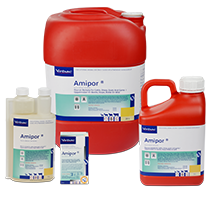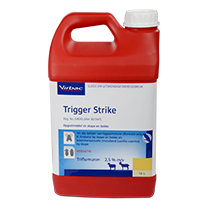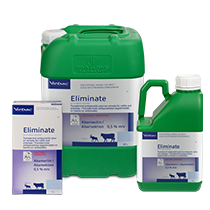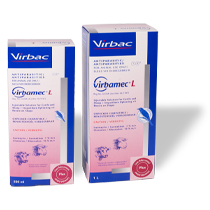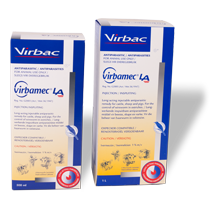
Parafilaria Infection – Treatment and Control
Parafilariosis – Parafilaria infection of wildlife and farm animals – is caused by filaria infestations. The filaria are from the Parafilaria genus and from there the general name of Parafilaria infection. The condition is most prevalent among cattle, horses, and African buffalo. The animals are affected by Parafilaria Bovicola, Parafilaria bassoni, and Parafilaria multipapillosa.
The most concerning is the Parafilaria Bovicola infection, which is severe. The infected carcasses are trimmed or condemned at the abattoir. This obviously causes tremendous financial losses for farmers. The parasites infest the subcutaneous and intermuscular connective tissues and cause bleeding points on the infected animal’s skin.
The parasite eggs and larvae are excreted through the bleeding points on the skin. Flies ingest the eggs and larvae, which develop to L3 inside the flies. The infected flies transmit the parasites by feeding on the lacrimal secretions or skin wounds on the animal. Larvae can also be found in the conjunctiva of the animal’s eye, where penetration of the body takes place. The larvae migrate and develop into its adult stages under the skin and this can take up to seven months. Adult female Parafilaria puncture the animal’s skin and lay their eggs, which then causes bleeding of the skin. The skin and hair around the wound become saturated with blood and this attracts yet more flies that feed on the wounds. The wounds bleed for a short period and then heal.
Treatment and control of the Parafilaria infection are challenging because of the long period before the manifestation of the infection. During this period, drugs are also less effective. Treatment entails one of two approaches. The one is the killing of the parasites in animals prior to slaughter, while the second approach entails the elimination of the parasite’s transmission where the animals live.
Macrolytic lactones and Nitroxynil are actives registered for control of Parafilaria infections. A single treatment with Macrolytic lactones or two doses Nitroxynil at 3-day intervals need to be administered to control Parafilaria.
Lesions can be reduced by 90% in the animals by treating 70 days prior to slaughter. It is important to note that bleeding spots may still be visible in treated animals, because of the long prepatent period.
Virbac offers a Ivermectin 1% (Virbamec LA) and a Nitroxynil (Wirecide F) injectable anthelmintics for the control of Parafilaria in livestock animals. Good fly control will also play an important role to reduce Parafilaria infections on the farm.


